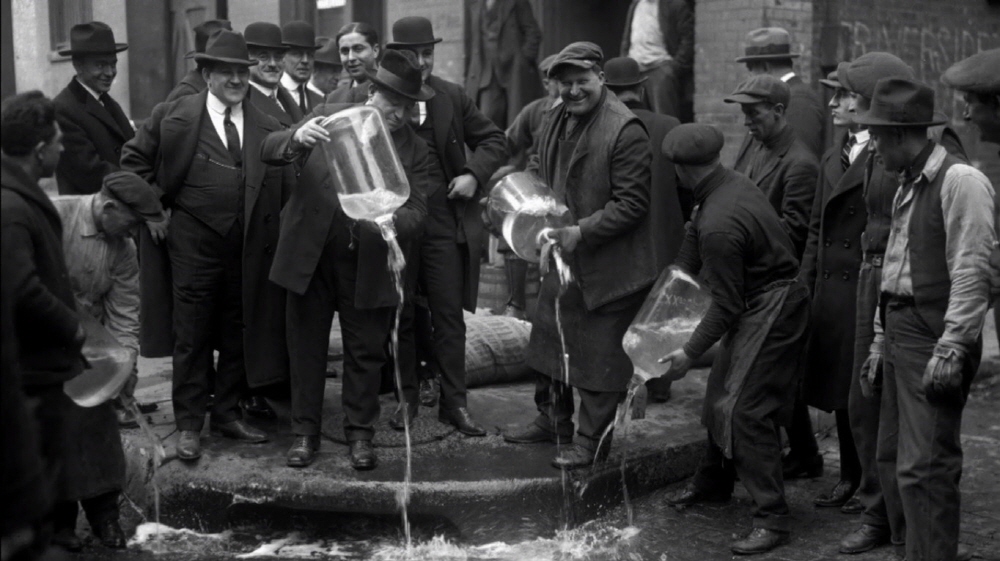
January 16, 2020 marks the 100th anniversary of the US enactment of The Prohibition Law in 2920, which made the provision or sale of alcohol illegal. What effect did the Prohibition Act have on American society until it was enacted in 1920 and abolished in 1933?
Prohibition laws were enacted in the United States when efforts to reduce alcohol consumption began in the 1800s. In the early 19th century, alcohol, which is estimated to be three times more than today, was consumed in the United States, and various social problems such as health damage and domestic violence surfaced. For this reason, the prohibition system was established in various parts of the United States led by Christians and women’s movement participants.
This ban on alcohol movement was once stopped due to the Civil War, which required taxation by liquor taxes, but on the contrary, during World War I between 1914 and 1918, a new alcohol ban was conducted to save grain, the raw material for alcohol.
Before the Prohibition Act was enacted, Americans consumed about 7.5 liters of alcohol per year in 1916. In this trend, the 18th Amendment to the US Constitution, the so-called Prohibition Act, was enacted, which banned the manufacture, sale and transportation of alcoholic beverages, and alcohol handling was prohibited nationwide. When the Prohibition Act is mentioned, it is often emphasized that the amount of alcohol to be drunk as much as desired is not allowed to drink a drop per night, but in reality it can be said to be an extension of the situation at the time when drinking was banned in all parts of the United States.
After the prohibition of alcohol was enacted, of course, no statistical survey of alcohol consumption was conducted. The research team estimated the amount of alcohol consumed immediately after the enactment of the Prohibition Act based on the number of people hospitalized due to alcohol consumption, liver cirrhosis, alcoholism deaths, and alcohol-induced mental illness. As a result, alcohol consumption in 1920, when the Prohibition Act was enacted, decreased by a third from the previous year.
However, alcohol consumption soon recovered and was two-thirds of the year before the enactment in 1921. The reason for the stagnation of alcohol consumption is that there was a serious economic downturn in 1920 and 2921, and the US economy later recovered in 1922, so people can afford to buy alcohol. The decline in alcohol consumption was that the effect of the recession was stronger than the prohibition law.
Since the Prohibition Act was abolished in 1933, the amount of alcohol consumed by Americans has gradually increased, and by the 1960s and 1970s, the amount of alcohol used by Americans has recovered to almost the same level as in the 1900s.
It is a prohibition law that did not reduce alcohol consumption as expected, but it is also true that it has left a lot of impact on American society. For example, the habit of gathering at a bar and drinking alcohol has been weakened, so more people drink at home. It is also pointed out that it caused the increase in violent crime and the growth of the mafia dealing with smuggling.
They also pointed out that from an economics point of view, if you want people to stop doing things that are unhealthy, raising prices rather than bans is more effective. It is the same as pointing out that the proportion of smokers in the United States from 40% in the 1970s to 16% in 2018. It always reminds me that the prohibition against something is rarely successful. Related information can be found here .

